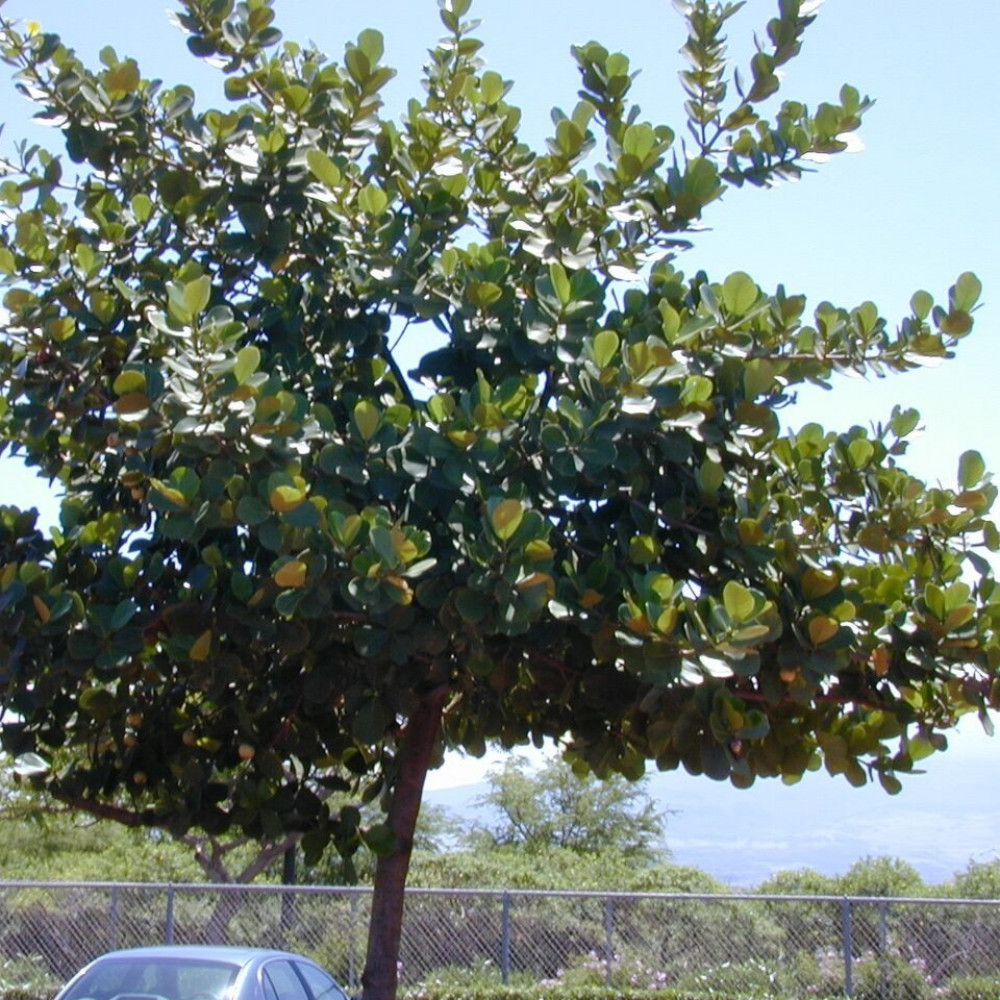Guttiferae is a name derived from the presence of translucent dots on the leaves of some species. It is also called Hypericale , an order of seed coats, which includes trees, shrubs, herbs, and climbers, most of which are spread in tropical and subtropical regions, and some in temperate regions. Plants of this order secrete vegetable milk, essential oils, or resins, gums, and colourings.
The leaves are simple, opposite or whorl, reticulated, herbaceous or leathery in texture, hooked or sessile, their blade is often complete, and in many species they appear dotted because they bear secreted pockets, black or translucent, that contain essential oil or resins, and do not distinguish them with a special smell.
The flowers are located singly or in inflorescences, or in racemes. The flower is pubescent or non-pubic, hermaphroditic. The floral cover is distinguished into a calyx and a corolla placed in two whorls, each containing 2-6 free or fused segments at their bases. The male usually has many stamens, and their filaments fuse in one bundle or in two or more bundles. The female form usually consists of 3 or 5 carpels. The upper ovary has the number of chambers equal to the number of carpels. The fruit is diverse, it may be fleshy (raspberry or nuclear) or dry, open or unopened.
Classification and most important genera
The order includes a single family, Hypericaceae , or the family Clusiaceae, with a total of about 40 genera, including about 1,100 species. The most important of its genera is Clusia, which includes about 160 species, and Hypericum, which includes about 360 species.
economic importance
Figure (1) St. John's wort
The fruits of some species that grow in the tropics are eaten. Garcinia mangostana, Mammea americana, which are called mangosteen, and mammee apple, respectively, are among the valuable fruits. Many species of the sexes Clusia and Hypericum are used as ornamental plants for the beauty of their flowers.
It is represented in Syria and Lebanon by 22 species of great medical importance, especially due to Hypericum perforatum (Fig. 1), which is widespread in grassy lands and on rocky slopes in the coastal and mountainous regions of Western Asia and Europe .
St. John's wort is one of the most important medicinal plants and has been used since ancient times. It is still widely used in the world today. Thousands of laboratory and clinical tests conducted on it in various laboratories around the world have confirmed its unique therapeutic value. It comes second among the most widely used medicinal plants in the world. Whether as herbal tea or through chemical extraction of its active ingredients.
St. John's wort is useful in the treatment of mild and moderate depression and symptoms of stress, such as weakness, general weakness, sleep disturbances, digestion, and irascibility. Clinical research indicates that the antidepressant effect is due to the plant stimulating an increase in the amount of neurotransmitters at synapses. It also shows a wide spectrum of Gram-positive and Gram-negative antibacterials, and antivirals, in addition to limiting the proliferation of cancer cells. Its richness in flavonoids with antioxidant properties also makes it an effective treatment in preventing cancer . It is also used in the manufacture of cosmetics and dyes.


